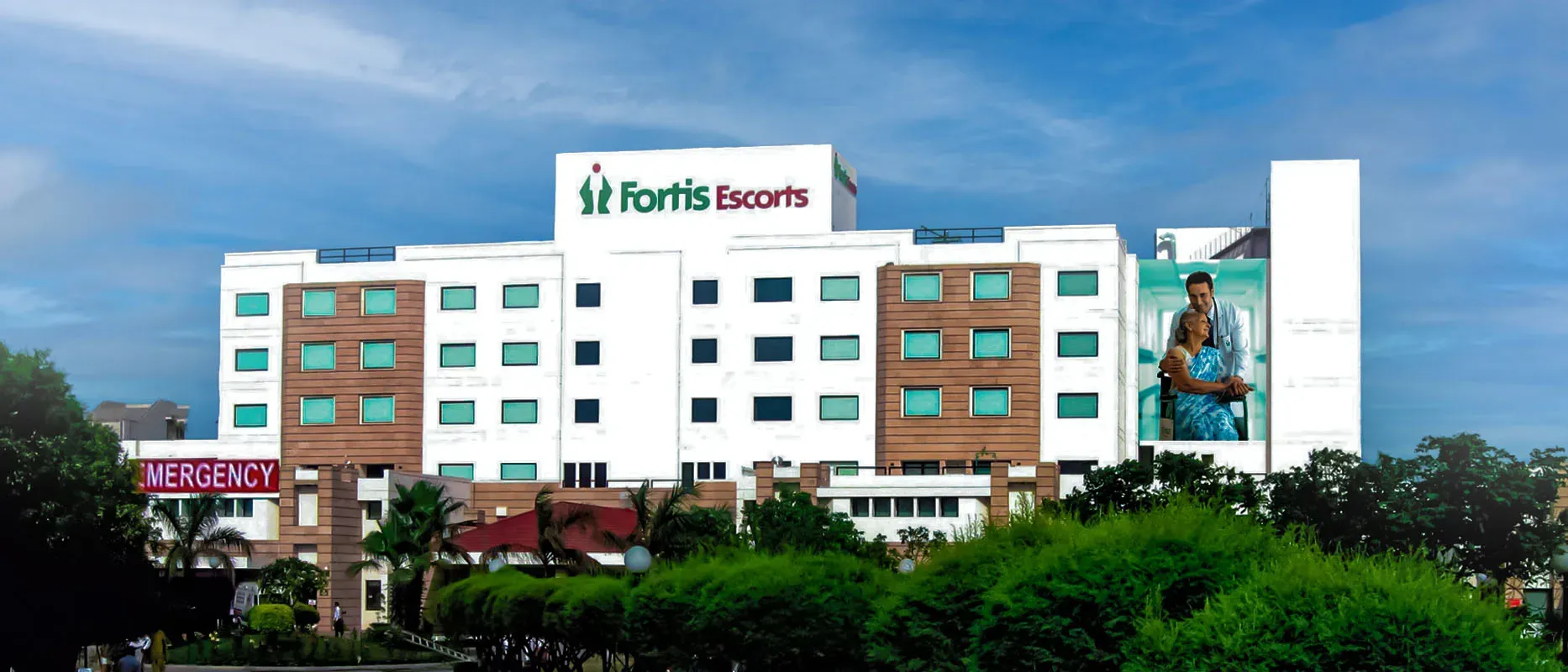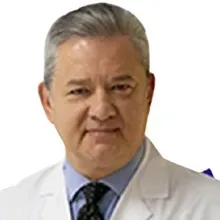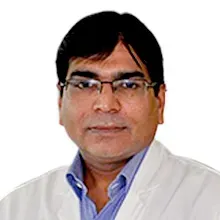Overview of Hair Transplant Treatment India
Hair transplant is a surgical process in which hairs are transplanted at the scalp for the treatment of hair loss. The hair which is transplanted can be taken from any part of the body where hairs are present. Hair loss is more common in men because of the hormone which is present in men. The hair loss can also be due to the swelling of the scalp or the injury that can lead to permanent loss of hairs. In this case, a hair transplant procedure is performed. Like any other surgery, there are also the risks associated with the surgical procedure of hair transplant. For the patients, who already have some previous medical condition, can have many complications that should be managed before the procedure. After the hair transplant treatment, there can be the symptoms of pain and swelling but usually these symptoms resolve with the use of some medications. The recovery time can vary for each individual going for hair transplant. It usually takes 3-4 days to return to the activities of daily living and about 60% of new hairs can be seen after 6 to 8 months. People become confident about their looks after the surgical procedure of hair transplant and it can improve their quality of life.
Types of Hair Transplant Treatment India
Some of the types of hair transplant procedures are:
- Follicular Unit Transplant (FUT)
- Follicular Unit Extraction (FUE)
- Direct Hair Implantation (DHI)
- Robotic Hair Transplant
- Stem Cell FUE
- Platelet-Rich Plasma (PRP) Therapy
- Laser-Assisted Hair Transplant
- Artificial Hair Implants
Follicular Unit Transplant (FUT)
FUT is a type of hair transplant procedure which involves removing a patch of hair along the upper layer of skin from the donor area that is usually the back of the head and then transplanting it into the area of baldness.
Follicular Unit Extraction (FUE)
In FUE, separate hair follicles are extracted directly from the donor area by using a special type of tool. This method has less chances of noticeable scars and allows for more number of transplanted hair.
Direct Hair Implantation (DHI)
DHI is a type of hair transplant procedure where hair follicles are extracted and implanted at the same time by using a specialized tool. It can result in quicker healing and cause less injury to the follicles.
Robotic Hair Transplant
Some surgeons use robotic systems to assist with the extraction and placement of hair follicles. This can increase the accuracy of procedure and reduce the risk of human error.
Stem Cell FUE
This technique combines FUE with the use of stem cell grafts. It helps to improve the survival rate of transplanted follicles and also promote hair growth.
Platelet-Rich Plasma (PRP) Therapy
Platelet Rich Plasma therapy is often used alongside hair transplant procedures. It involves injecting a concentration of the platelets of the patient into the scalp to stimulate hair growth.
Laser-Assisted Hair Transplant
Low-level laser therapy is sometimes used to stimulate the scalp and promote healing after a hair transplant. It is not a primary method of hair transplantation but can help in the recovery process.
Artificial Hair Implants
In some cases, artificial hair fibers or the synthetic hairs are implanted into the scalp in order to provide immediate results. The artificial hairs require regular maintenance.
Procedure of Hair Transplant
The general overview of the procedure of hair transplant is described below:
Anesthesia: Local anesthesia is administered to numb both the donor area, usually the back of the head and the balding or thinning area of the scalp.
Donor Hair Extraction: In the case of Follicular Unit Extraction (FUE), individual hair follicles are extracted one by one from the donor area using a small punch tool. In Follicular Unit Transplantation (FUT), a patch of hair skin is removed from the donor area which is then transplanted.
Graft Preparation: The extracted hair follicles are carefully examined and prepared for transplantation. This involves rearranging and trimming the follicles to ensure they are viable for transplantation.
Recipient Site Creation: Tiny incisions or recipient sites are made in the recipient area for natural hair growth patterns. The angle, depth, and density of these incisions are important for achieving a natural look.
Graft Placement: Individual hair follicles are carefully placed into the recipient sites. The placement requires accuracy for the proper alignment.
Post-Procedure Care: Once all grafts are placed, the surgical team provides instructions for post-operative care. This includes guidelines for washing, medication, and activities to avoid for some days after the procedure.
Diagnosis of Hair Transplant Treatment India
Cost of Hair Transplant in India
The cost of Hair transplant treatment in India ranges from 950 USD to 1500 USD. The cost can vary according to the type of procedure performed during hair transplantation. The cost can also vary according to the number of airs being transplanted.
| Treatment Costs in India |
Min in USD |
Max in USD |
| Hair Transplantation |
1065 USD |
1420 USD |
| Hair Transplant FUE |
959 USD |
1278 USD |
Symptoms and Risk factors
Some of the conditions in which hair transplant procedure is performed are:
- Hormonal alopecia or Male pattern baldness
- Female pattern hair loss
- Hair loss due to trauma or burns
- Scarring alopecia
- Hair loss from previous cosmetic procedures
- Hair loss due to medical conditions or treatments
- Desire for eyebrow or beard enhancement
- Corrective hair transplantation
Risk Factors of Hair Transplants
Some of the risk factors of hair transplant procedure are as follow:
Cysts or Folliculitis
There is a risk of inflammation of hair follicles that can lead to the development of pimple-like bumps. These can be managed with proper care and medications.
Allergic Reactions
Some individuals may have allergic reactions to medications, cream, lotions or materials used during the procedure.
Infection
There is always a risk of infection at the surgical site. Infection can complicate the healing process and can delay the outcome of results.
Bleeding
The mild bleeding is usually normal during the procedure but excessive bleeding can be the risk for a patient.
Scarring
Any surgical procedure carries a risk of scarring. Techniques like FUE tend to leave smaller, less noticeable scars as compared to FUT.
Poor Graft Survival
Some transplanted hair follicles may not survive the transplantation process. This may be due to poor skill of the surgeon and can produce unsatisfactory results.
Unnatural Appearance
If grafts are not properly aligned or if the hairline is designed poorly, the results may appear unnatural.
Ingrown Hairs
After a hair transplant, some transplanted hairs might grow back into the skin and cause ingrown hairs. This can lead to swelling and discomfort.
Itching or Discomfort
Itching and discomfort are common during the healing process after a hair transplant. Proper post-operative care and medications can help to manage these symptoms.
Shock Loss
Transplanted and existing hair may undergo temporary shedding due to trauma from the procedure. This is usually a temporary phase and the hair typically regrows.
Numbness or Tingling
Nerves in the scalp can be temporarily affected during a hair transplant that can lead to numbness or tingling in the treated area. This usually resolves over time.
Top Hospitals for Hair Transplant in India
Shaping the future of the healthcare institution and establishing the path to accomplishment.
Kokilaben Dhirubhai Ambani Hospital and Medical Research Institute Mumbai,India
Book Appointment
Top Doctors for Hair Transplant in India
Empower your Health with the Expertise of Leading Medical Professionals.
Dr. Surendra Kumar Chawla
Department of Plastic Surgery
Consultant
Book Appointment
Dr. Huseyin Cetinalp
Department of Emergency Medicine
Specialist
Book Appointment
Dr. Manik Sharma
Department of Plastic Surgery
Senior Consultant
Book Appointment
Treatment Costs for Hair Transplant
Be the change and be an opportunist in transforming healthcare.
How it's Works
Guiding your Journey from Discovery to Treatment Planning and Beyond.
Discovery
Get a consultation to discover about your treatment
Pre-Treatment
Admission to the best hospital and all pre-treatment facilities
Post Treatment
Get post-treatment follow-up care with medicine fulfillment
Treatment Planning
Hassle-free treatment planning with package & cost estimations
in-treatment
world-class quality procedures and equipment for treatment


























